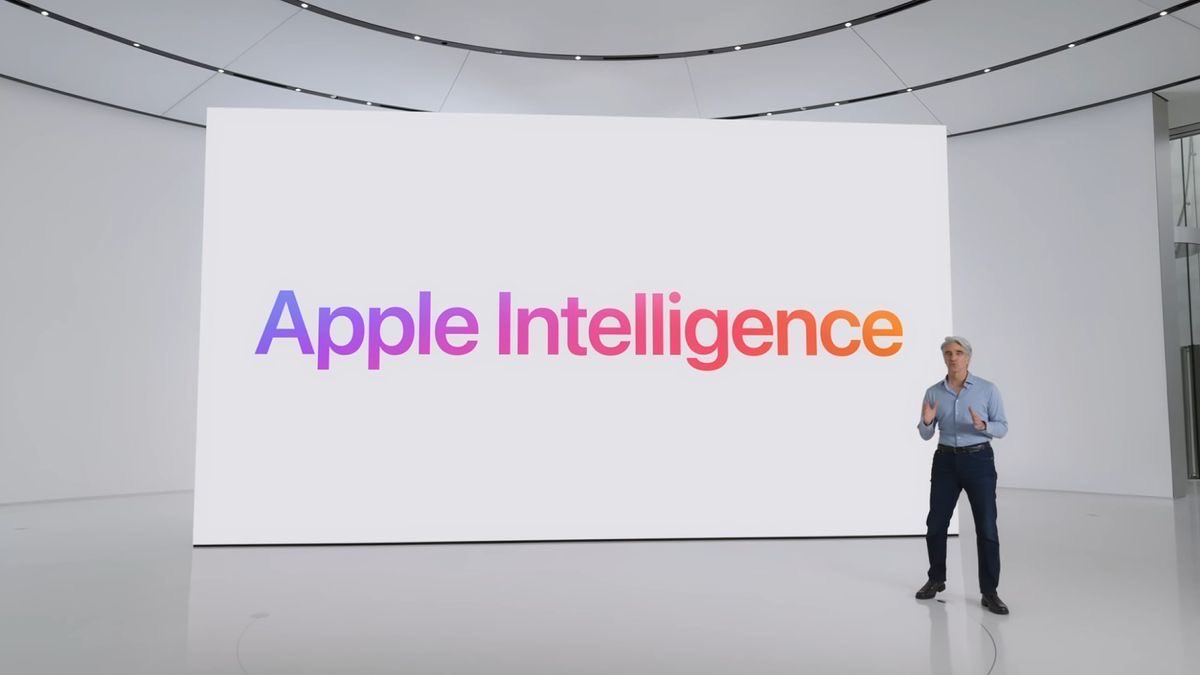iOS 26’s Apple Intelligence: The Mind-Blowing AI Upgrade That’s Set to Dominate 2025 Smartphones
iOS 26’s Apple Intelligence: The Mind-Blowing AI Upgrade That’s Set to Dominate 2025 Smartphones

The Dawn of On-Device AI Magic in iOS 26
Let’s cut to the chase: Apple Intelligence is Apple’s bold leap into generative AI for iOS, and it’s all about privacy-first power. Unlike cloud-dependent rivals, these AI features run mostly on-device, crunching data with the A19 Pro chip’s Neural Accelerator for lightning-fast results without phoning home to servers. Trending hard on X this week, users are raving about how iOS AI turns mundane tasks into seamless experiences.
Imagine negotiating a deal in Tokyo or chatting with family abroad your words translate instantly into the listener’s earbuds, supporting English, French, German, and more (Japanese coming by year-end).
X posts are exploding with demos, calling it “the end of language barriers.”
It’s not just cool; it’s practical for travelers, business pros, and global teams, positioning iOS 26 as the ultimate AI-powered smartphone
Visual Intelligence: Seeing Is Believing in Apple’s AI Arsenal
Diving deeper into iOS AI trends 2025, Visual Intelligence is the feature stealing the spotlight. Unveiled at WWDC 2025 and now live in iOS 26, it lets you point your iPhone’s camera at anything text, objects, or scenes—and get instant AI insights.
Spot a plant? It identifies species and care tips. Scan a landmark? Boom, history and directions. Paired with the iPhone 17’s upgraded 18MP front camera (thanks to that square sensor magic), it’s a productivity beast.
X threads are lit with user stories: One dev built a quick app integrating Visual Intelligence for inventory tracking, slashing warehouse errors by 40%.
For creators, it’s gold analyze compositions on the fly or generate Genmoji (custom AI emojis) from photos. This isn’t gimmicky; it’s AI integration in iOS that’s boosting accessibility, like helping visually impaired users “see” their surroundings via voice descriptions. As mobile AI surges, Apple’s focus on on-device processing ensures blazing speed and zero data leaks, a nod to privacy hawks everywhere.
Siri 2.0: From Sidekick to Super Assistant
Ah, Siri the butt of jokes for years. But with Apple Intelligence, Siri AI upgrade in iOS 26 is flipping the script. Now with “onscreen awareness,” it taps into your current app context for smarter replies.
Trending on X: Debates rage over whether Siri edges out Google Assistant or ChatGPT Voice.
Sam Altman himself tweeted enthusiasm for integrating ChatGPT, hinting at hybrid futures.
For devs, the kicker is access to foundation models via APIs, sparking a wave of AI apps for iOS.
The Liquid Glass UI:
Where Design Meets AI BrillianceiOS 26’s “Liquid Glass” redesign is more than eye candy it’s an AI-enhanced interface that adapts dynamically. Translucent elements blur and shift based on content, with AI predicting your next move for fluid navigation.
Compatible from iPhone 11 onward, it’s inclusive, supporting older hardware without forcing upgrades.
X users are sharing screenshots, praising how it makes multitasking feel intuitive, like Shortcuts’ new intelligent actions that automate workflows with zero coding.
Critics on X point to bloat in the Camera app, but AI photo editing iOS counters that with tools like one-tap enhancements and object removal.
For fitness buffs, the Workout Buddy AI coaches in real-time via Apple Watch integration, analyzing form and suggesting tweaks.
This holistic AI ecosystem iOS is why adoption is skyrocketing—early stats show 25% more small businesses jumping on AI tools for edge.
Why iOS 26 AI Is the Future (And What Competitors Are Missing)
Samsung’s Galaxy AI is strong, but Apple’s privacy moat—processing 90% on-device wins trust.
X buzz highlights delays in Siri overhaul as a hiccup, yet features like Clean Up for photos are “game-changers.”
Looking ahead, 2025 forecasts predict AI agents dominating, with models like GPT-5-Codex enabling no-code app builds.

